White Horse
Wheat and Lagavulin
0 583
 Review by @Victor
Review by @Victor
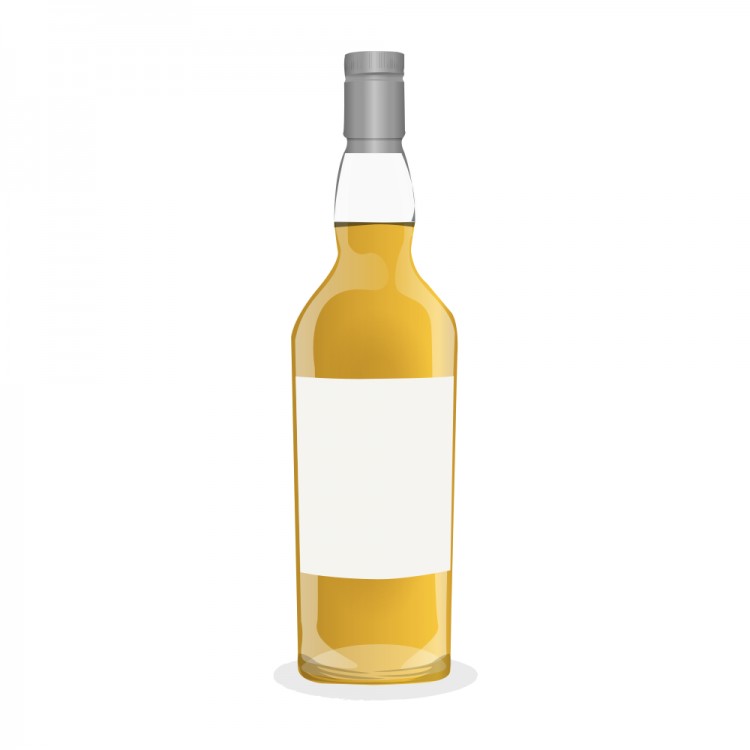
- Nose20
- Taste22
- Finish21
- Balance20
- Overall83
Show rating data charts
Distribution of ratings for this:
- Brand: White Horse
- Type: Scotch
- ABV: 40%
Diageo's White Horse blended Scotch whisky is based on Lagavulin malt and is 3 years old. The reviewed sample is from a freshly opened bottle
Nose: yep, White Horse smells just like dilute Lagavulin malt...and dilute wheat whisky. There is very soft peat in the Lagavulin 16 style, with no real smoke, nice,... but you wish the wheat whisky just weren't there
Taste: just like the nose, only a little fuller, with black licorice from the peat. There is some good bite on the palate which does not present in the nose. Despite some strong flavours in the mouth the mouthfeel remains thin
Finish: flavours last medium long and then just slowly fade out
Balance: the Lagavulin tastes fine here. I just don't think it harmonises very well with the flavours of wheat grain whisky. In my book, dilute wheat whisky is the bane of failed blended Scotch whisky. White Horse would only serve for me either as a substitute for either pure Lagavulin malt or pure wheat whisky. Lots of malt lovers claim blended Scotch whisky to be inferior, but they rarely give any coherent reasons why. For me it is clear: WHEAT. It clashes with both peat and wine. Sometimes it works. Usually it does not work so well
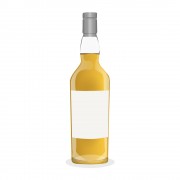
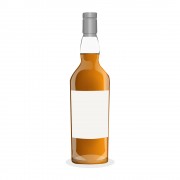
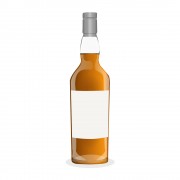
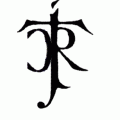

How typical is it for the grain in Scottish "grain whisky" to be wheat?